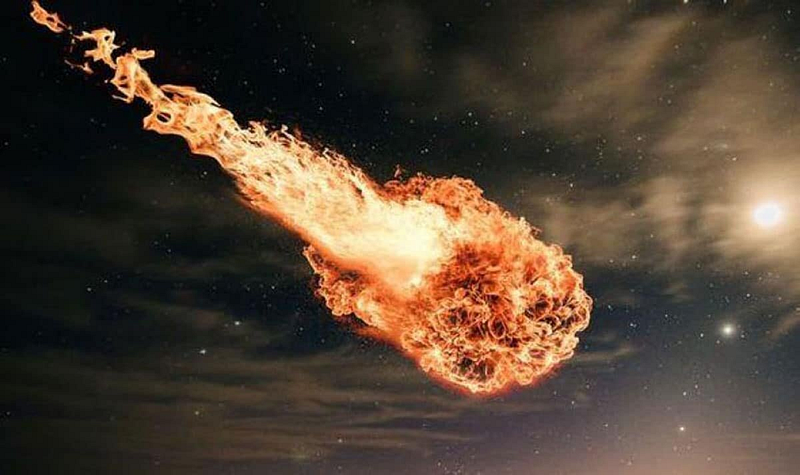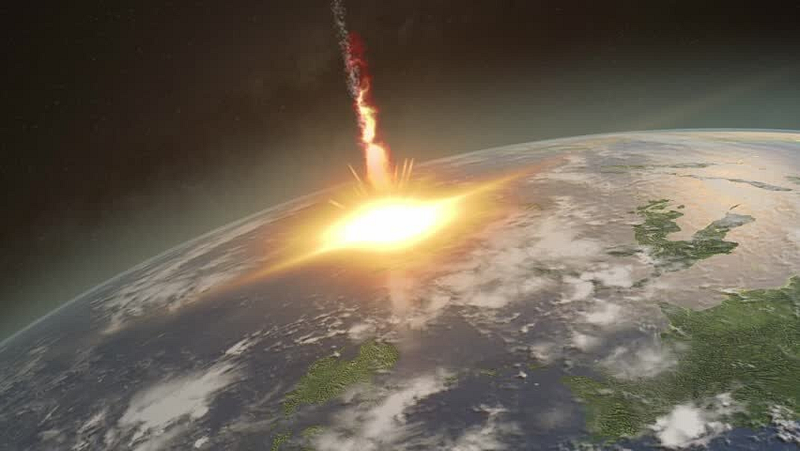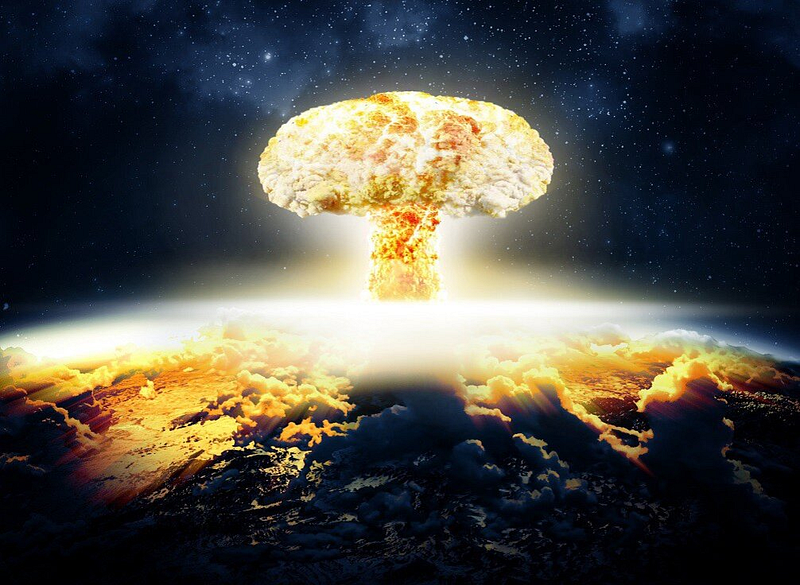# Can Nuclear Weapons Help Divert Dangerous Asteroids?
Written on
Chapter 1: Understanding the Threat of Asteroids
Asteroids present a significant risk to our planet, leading to the exploration of numerous strategies to redirect them from hazardous paths. While many techniques take decades to implement, a nuclear strike could potentially alter an asteroid's course in a much shorter timeframe.
Recently, a subscriber posed an intriguing question: Is it sensible to deploy a missile armed with a nuclear device against an asteroid or comet on a collision course with Earth? The concern is that without a direct impact, the explosion may not create a shockwave capable of altering its trajectory.
Section 1.1: Methods of Nuclear Intervention
There are primarily two approaches to utilizing nuclear weapons for asteroid deflection. The first method, often dramatized in films, involves detonating a nuclear device inside the asteroid to fragment it. However, this tactic is largely ineffective for changing its trajectory, instead creating smaller pieces that could still cause significant damage upon re-entering the atmosphere.

In cinematic portrayals such as “Armageddon,” this method is depicted as a heroic last resort. However, in reality, it should only be considered when other options have been exhausted and there are only days left before impact.
Subsection 1.1.1: The Challenges of Fragmentation
The effectiveness of this strategy diminishes with the size of the asteroid; larger bodies require more powerful explosives, resulting in fragments that might still reach Earth and wreak havoc on a massive scale.

The second approach involves detonating a nuclear weapon near the asteroid's surface, which could gradually shift its trajectory over time. This method might take anywhere from several months to five years, depending on the size and distance of the asteroid.

Section 1.2: The Mechanisms of Deflection
In this external explosion scenario, the shockwave produced will primarily consist of the material from the bomb. While this impulse is minimal, the massive energy released in the form of soft X-rays and high-energy neutrons can significantly affect the asteroid.
This energy transfer heats the surface of the asteroid, leading to material evaporation. In the vacuum of space, this process can generate enough reactive thrust to alter the asteroid's path.

According to current projections, redirecting an asteroid measuring between 100 to 500 meters in diameter could take 1 to 2 years of consistent bombardment to maintain surface heat. For even larger asteroids, this process could extend to five years. However, with early detection, a nuclear intervention could successfully avert a catastrophic collision.
Chapter 2: Community Engagement and Support
If you find this information about space fascinating, consider subscribing to our channel for more articles on similar topics. Feel free to ask questions, as I aim to address them in future posts.
Your support is invaluable! If you appreciate my work, you can help us enhance our content by becoming a member through this link. It's just $5 a month and contributes significantly to our efforts.